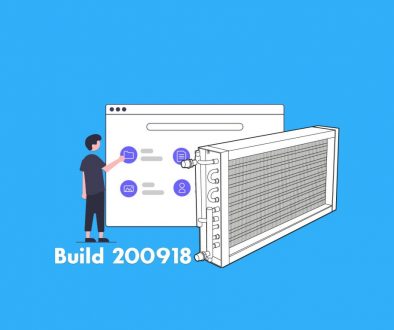CHILLVENTA SPECIAL: BRIEF OVERVIEW OF COLD STORAGE
In this brief overview, we analyze one of the Unilab tools that gathered the most attention out of the Chillventa fair: UNILAB COLD STORAGE. In a further article, we will analyze the integration of this simple tool with one of our best selling software, Units Selector Hybrid, for the selection and estimation of unit coolers, air coolers, dry coolers, remote condensers.
UNILAB COLD STORAGE is a tool that allows the calculation of the thermal capacity of a cold storage.
Further info on Cold Storage can be found here.
Inserting the constructive characteristics of the storage, the type of food to be stored and the process that is required (cooling or freezing), the program will suggest the capacity to be installed needed to satisfy the thermal load requested and the time required to cool/freeze.
You can start by defining the cell dimensions, and the thickness and external temperature of the walls, floor and ceiling materials (already inserted are concrete, bricks, rock wool, glass resine, polyethilene, polysthyrene, Polyurethane).
The wide library of products (fruit, fish, ice cream, cheese…) can be enriched by others. Cold Storage has in fact the possibility to insert new products, specifying some data simply considering freezing point, specific heat below and above, heat of respiration, latent heat for freezing.
The user can choose if the product requires freshening, freezing or is already frozen.
The software considers the presence and amount of people, the amount of time they spend there, the type of activity they carry out, (hard, medium or light work), the lights and the product quantity.
By clicking on “calculate” the software provides an automatic calculation of the product’s time set up and the required capacity. The cooling loads estimations, and therefore the printout, complies with ASHRAE, 1998 Refrigeration Volume regulation.
The software has a detailed printout which contains all the inserted information and the outputs. The refrigeration load estimation in the printout, which, as indicated, complies with ASHRAE normative, 1998 Refrigeration Volume can be exported to PDF file, and the language can be chosen before printing the report.
This tool is very useful to cope with new markets: the users are able to work on the software using their own language while the printout can be exported and sent on the client’s language!







